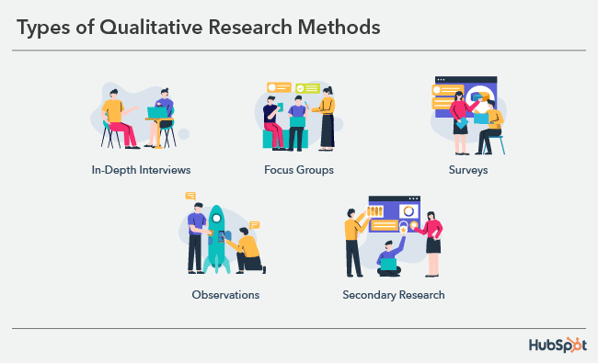Quantitative and qualitative research methods are two approaches that are commonly used in the field of counselling to gather and analyze data. These methods differ in their focus, approach, and goals, and both have their own advantages and limitations.
Quantitative research involves the collection and analysis of numerical data. This type of research is often used to test hypotheses and answer research questions related to cause and effect relationships. It is typically characterized by its use of statistical analysis, large sample sizes, and a standardized approach to data collection. One advantage of quantitative research is that it allows for the generalization of findings to a larger population. However, it can be limited in its ability to provide in-depth understanding of individual experiences and the meanings and contexts behind the data.
Qualitative research, on the other hand, involves the collection and analysis of non-numerical data, such as words, images, and observations. This type of research is often used to explore complex phenomena and to understand the meanings, experiences, and perspectives of individuals. It is typically characterized by its use of open-ended questions, small sample sizes, and a flexible approach to data collection. One advantage of qualitative research is that it allows for a deep understanding of the meanings and contexts behind the data. However, it can be limited in its ability to generalize findings to a larger population.
In counselling, both quantitative and qualitative research methods can be useful for understanding and addressing the needs of clients. For example, quantitative research may be used to assess the effectiveness of a particular counselling intervention, while qualitative research may be used to understand the experiences and perspectives of clients participating in that intervention.
Ultimately, the choice of research method depends on the research question being asked and the goals of the study. Both quantitative and qualitative research methods have their own strengths and limitations, and it is important for researchers to carefully consider which method is most appropriate for their specific research question. By using a combination of both methods, researchers can gain a more comprehensive understanding of the issues being studied and make more informed decisions about how to best support their clients.







